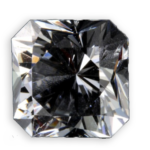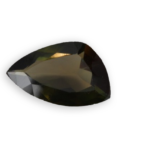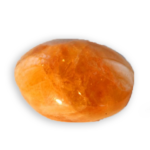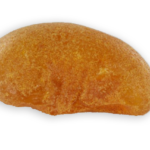
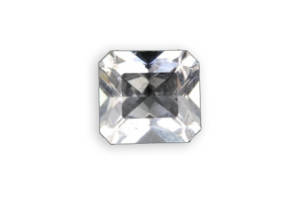
pollucite
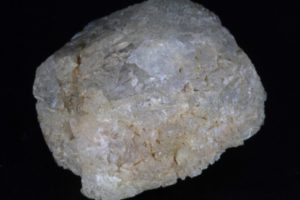
pollucite crystal from the Isle of Elba in Italy

CHEMICAL CHARACTERISTICS
(Cs,Na)2Al2[Si4O12] - (H2O)
alumino-silicate containing cesium

PHYSICAL CHARACTERISTICS
Main color
colourless
Other colors
white, blue, brown, yellow, purple
Color of streak
white
Luster
greasy, resinous, vitreous
Hardness
6.5 to 7.0
Density
2.85 to 2.95
Cleavage
indistinct
Fracture
conchoidal

OPTICAL PROPERTIES
Transparency
transparent
Refractive index
1.518 - 1.525
Double refraction
0.000
none, isotropic
visible double refraction
No
Dispersion
0,012(0.007)
Pleochroism
absent
Number of colors
1
Fluorescence
variable
can be pink - orange

CRYSTALS PROPERTIES
When it is really crystallized it’s hexoctahedral
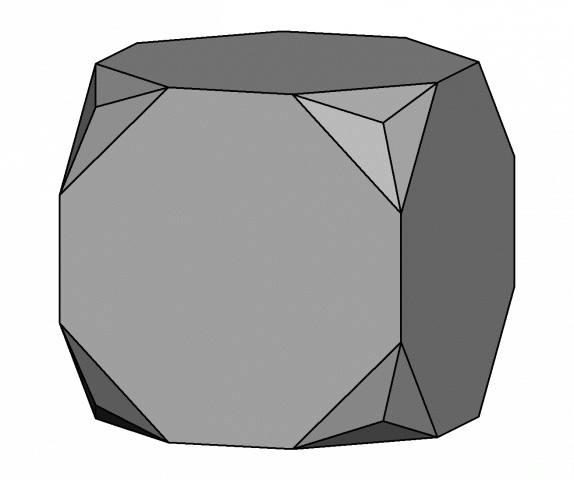
crystals system
cubic

OTHER INFORMATIONS

APPROACHING GEMS
Exploited
sites
It is found in Pakistan, Afghanistan, Brazil (Vulture Mine), China (Jiangxi), Russia (Eastern Siberia and the Kola Péninisule), Sweden, England and the United States, Canada, Italy.
use in jewelry
faceted when transparent, it’s a collection stone
Historical
healing properties
.
Venez visitez
notre site web
voillot-joaillier.fr
Lorem ipsum dolor sit amet, consectetur adipiscing elit. Ut elit tellus, luctus nec ullamcorper mattis, pulvinar dapibus leo.Lorem ipsum dolor sit amet, consectetur adipiscing elit. Ut elit tellus, luctus nec ullamcorper mattis, pulvinar dapibus leo consectetur adipiscing elit. Ut elit tellus, luctus nec.

